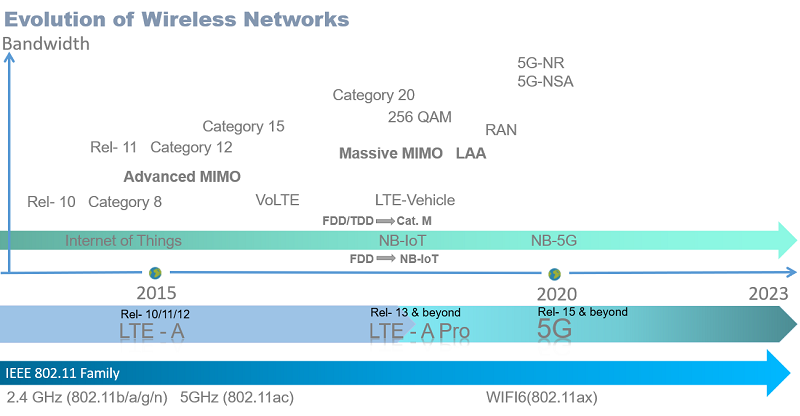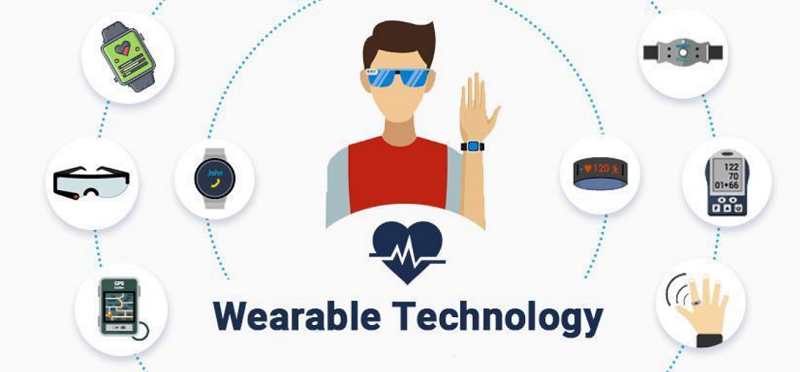
HOME < Technology < CAT-M1 vs NB-IoT
In the last 10 years of wireless network evolution, from LTE to 5G, IoT technology has brought two types of connectivity Cat-M and NB-lot, in the future, the deployment of global IoT devices may reach 70 billion, let’s explore how these two standards difference.

The table below compares the differences in parameters between Cat-M and NB-loT technologies based on 3GPP REL-13.
Cat-M | NB-loT | ||
Bandwidth | 1.4 MHz | 180 KHz | |
Peak downlink speed | 1 Mbit/s | 26 Kbit/s | |
Peak uplink speed | 1 Mbit/s | 66 Kbit/s | |
Power classes | 20/23 dBm | 20/23 dBm | |
Duplex Mode | FDD / TDD | FDD | |
Latency | 10 – 15 ms | 1.6 - 10 s |
What is Cat-M?
Cat-M, also known as LTE-M, it’s the LTE mobile data standard for the growing LPWA or Low Power Wide Area Network market. It is best suited for transmitting low to medium data over long distances.
This standard uses both FDD and TDD technologies allowing network latency to be reduced to 10-15ms while reducing the power consumption of the device, and uses a 1.4MHz bandwidth (about 1Mbps). The Cat-M offers fast bandwidth to replace many of the 2G and 3G IoT based applications currently being deployed. It also offers some mobility and voice capabilities in IoT applications.
Cat-M use cases
In the consumer sector, the most common applications are wearable devices such as smart watches and glasses, which can monitor and alert on health.

In the industrial sector, it can be used for asset tracking, such as fleet management, remote data monitoring.

What is NB-lot?
NB-lot is a low power LPWAN technology designed for low bandwidth and low power consumption devices. It is inexpensive and offers better in-building coverage. Based on FDD technology with uplink speeds of 66kbps and downlink speeds of 26kbps, with latency of 1.6-10 seconds.
NB-lot use cases
NB-lot devices are widely used in smart cities, such as automatic meter reading of water and electricity meters and energy and gas, status monitoring of streetlights and parking lots. There are also sensor data monitoring in agriculture and the meteorological industry, where these applications do not require frequent data sending or large data.

-- The end











